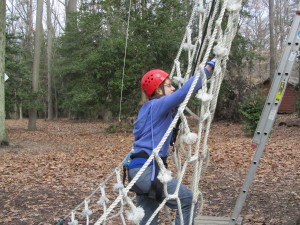 We don’t always get it right. We do mess up. We say things we want to take back and do things that are not safe or fair and they do hurt others. We may make a big mess of things at times. Benjamin Franklin said, “Remember not only to say the right thing in the right place but far more difficult still, to leave unsaid the wrong thing at the tempting moment.” Have you found yourself sometimes wishing you didn’t say something or do something due to momentary lack of self control? Of course – all of us have.
We don’t always get it right. We do mess up. We say things we want to take back and do things that are not safe or fair and they do hurt others. We may make a big mess of things at times. Benjamin Franklin said, “Remember not only to say the right thing in the right place but far more difficult still, to leave unsaid the wrong thing at the tempting moment.” Have you found yourself sometimes wishing you didn’t say something or do something due to momentary lack of self control? Of course – all of us have.
Just recently in a meeting of about 60 people I called out unnecessarily the faults of a group of individuals. I thought I was doing it in a kind yet reminding sort of way, only to realize as it came out of my mouth that it did not come out the way I wanted it to. It took me months to overcome that slip, to regain the confidence of the group. These things happen, but the question is what can and should we do?
Saying “I am sorry”, is so powerful when done in a sincere manner. When we say those words we are taking the responsibility for the words or actions that we took. Whether the act was by accident or a bad choice we must first take the responsibility and then make amends. To apologize can take a great deal of courage and self control. It could be that what we said was not wrong it just may have been “the wrong thing at the tempting moment”, and we may be embarrassed by our action. We may be scared too. If we are a small child and we know we have done something that hurt someone or that is not in line with our family rules / principles, we may be scared and it will take a lot to admit we are wrong and work on making things better.
I might suggest that how we do this is just as important as doing it. Whether we are kids or adults, looking the other person/s in the eye and admitting our mistake and then asking how we can make things better takes a great deal of strength – but in the end our ability to do so and to listen to the feelings of others will have a great impact on the relationship of all parties. Teaching our children how to do this by role playing and by example is key to this aspect of self control.



